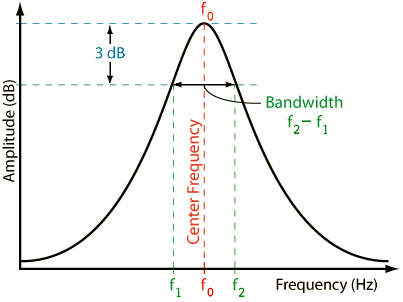
Sonorities Festival of Contemporary Music 2011
Queen’s University Belfast
8-9 April 2011
http://www.sonorities.org.uk
Call for Works
The Sonorities Festival of Contemporary Music invites composers and artists working in new music to submit works to be presented during Sonorities 2011. The Festival will present four events showcasing works selected from an international call for participation. This event builds on Sonorities’ reputation for attracting high calibre composers and performers from all over the world to present exciting new music in Belfast. The concerts will be curated by composers in the School of Music and Sonic Arts and will focus on practices such as live-electronics, improvisation, multi-channel audio and audio-visual work amongst others. This year’s Festival will reflect current practices and trends with the aim of bringing to Belfast the best music for adventurous ears!
We welcome works by composers/performers, improvisers, new media and sound artists.
We encourage two types of submission (maximum 1 work per category):
1. Live Performances
This includes laptop improv, VJ, audio-visual, live-electronics, sound poetry… Please submit the work in a documentary format that reflects the nature of the performance (e.g. audio recording, video, software, photographs).
2. Fixed Media
This includes Stereo works for diffusion, multi-channel works and works with video.
The Festival will take place in the Sonic Arts Research Centre’s Sonic Lab performance space. This unique environment for the performance of electroacoustic music includes facilities for sound projection in a full 3D environment through loudspeakers located above and below the audience area. The experimental nature of the space makes it essential that selected composers and artists attend the Festival to perform their work.
The Festival will contribute towards the costs of participation with a sum of £350 per selected work/performance.
Submission Guidelines:
For fixed media work and audio recordings please submit through http://soundcloud.com/sonorities and include a short bio in the description field indicating full duration of the work and technical requirements. If you wish you can make your files private and only accessible by sonorities@gmail.com
Alternatively you can send a CD or DVD with materials including short bio and programme note (Word Doc or PDF) to the following address.
Sonorities Festival of Contemporary Music 2011
Sonic Arts Research Centre
Queen’s University Belfast
Belfast BT7 1NN
Northern Ireland
Important Dates:
Deadline for Submissions: Wednesday 26th January 2011 (postmark for postal submissions)
Decision Date: 9th February 2011
Festival Dates: 8-9 April 2011
Contacts:
Dr. Pedro Rebelo (Festival Chair)
Dr. Miguel Ortiz (Open Call Co-ordinator)
email: sonorities@gmail.com
Sonic Arts Research Centre
The Sonic Arts Research Centre (SARC) is a newly established centre of excellence, dedicated to the research of music technology. This unique interdisciplinary project has united internationally recognised experts in the areas of musical composition, signal processing, internet technology and digital hardware. The Centre was completed in October 2003 and was officially opened by Karlheinz Stockhausen in April 2004.
http://www.sarc.qub.ac.uk






